While Island native Maria Thibodeau makes her primary living as a high school English teacher, she pours her creative energies into a thriving side business as a photographer – with a particular passion for birth and newborn photography.
Over the last few years, as Maria scheduled more and more baby shoots, she came to realize that photographing babies – unlike families, where beautiful Vineyard backgrounds do the trick — requires props and light and warmth and backdrops and wraps. It also requires a way to organize and store all of those tools of the trade.
At first she didn’t have a space of her own. “For a long time I would go to people’s houses and schlep all my accessories around and try to find a space in their house that had the most light or the best windows,” she shared in a recent Vine interview. Sometimes she was forced to adapt to dark spaces, and sometimes she got lucky, encountering “phenomenal spaces with floor to ceiling windows.”
Shooting in so many different spaces helped Maria think about what she would want in a studio of her own. “I knew I would need good light — lots of windows,” she said. “But I would also need it to feel calm and peaceful and organized. Generating a sense of peace helps with my newborn sessions because babies feel our energy. So if I’m anxious or stressed out it affects the shoot. I need to be in a calm, slow and patient space.”
As it happened, before Maria finalized her own studio in Edgartown, she had a chance to try out her thoughts when she and her wife and two children spent a year off-Island, living in central Massachusetts in a house that had a big room off the garage, which Maria worked to transform into a studio.
She also used that opportunity to figure out how best to organize all the “tools and textures and bits and pieces” she uses for her work. “It was the first time I could have everything out and accessible instead of being stored in bins ready to be carted from house to car to house and back again. It helped me to see that I took inspiration from seeing all the colors and textures out on display.
"Part of my creative process is thinking about what might work best for any given baby, based on the parents’ expressed preferences, but also on my style and intuition for what fits a particular baby,” she added.
While Maria loves the studio she has now, she acknowledges that it has its shortcomings
– size being one of them. “When I first started thinking about a studio, I pictured it as a separate accessory building, and I fantasized about how big it could be and what it would be like to build a greenhouse of windows as an outbuilding, with at least 10-foot ceilings – always taller!” she said.
But the more she looked into it, the more it became clear that her vision was a financial impossibility on the Island. “Living in my family’s ancestral home and trying to make it work for my needs in the 21st century was always the challenge,” she said. “I have sentimental attachment to a house I’m grateful to have, even though it is less than ideal for creative pursuits, especially with a family. So I knew I’d need an ‘outside this house’ space, even though I didn’t know what it would look like or how I would be able to make it happen.”
Eventually Maria decided the best option was to build a garage/studio combo. Even making that happen “involved a lot of forward and back. I think of it like climbing a hill using switchbacks. You are getting somewhere but you have to go back and forth to achieve every inch of elevation,” she said.
When asked how she feels about her studio, Maria gleamed: “I love it. I just love it. It’s my happy place. I like putting my toddler on my back and just going and puttering in there. Walking in the door I feel contentment and peace.”
Janet Newton is minister of the Unitarian Universalist Church in Vineyard Haven and Maria Thibodeau's wife.
Felted Wool for the Win
Maria Thibodeau often draws on the local environment for her work – ocean colors and farm and field and beach textures. This inclination drew her to try her hand at creating felted background textures of her own. She started with needle felting because her wife already had tools for that laying around, but she quickly discovered that wet felting worked better for larger pieces. Both needle felting and wet felting are ways to agitate wool fibers so that they bond together. Maria loves the way felting combines color and texture in a way that milled fabric can’t. Her efforts have helped produce just the right feeling for certain shoots. “I had one person who wanted a Martha’s Vineyard farm vibe,” she said, “so I used some roving I’d gotten from a sheep at Morning Glory Farm and wet felted it into a textured background.”
The creation of her own props – including the felted heart in the photos above – comes partly out of a DIY aesthetic. “I’ll look at something that someone else has done and think, ‘I bet I could make it myself for cheaper.’” But her initial forays into that world held some hard lessons. “When I started, I had no idea how big a pound of wool was; it was an abstract measurement to me. So I would order four pounds of fleece with visions of four pounds of apples in my head, and then a huge tote of wool would show up at the post office!”
These days, Maria knows her way around wool – and the capacities of her studio space. There’s only so much room in the boat!





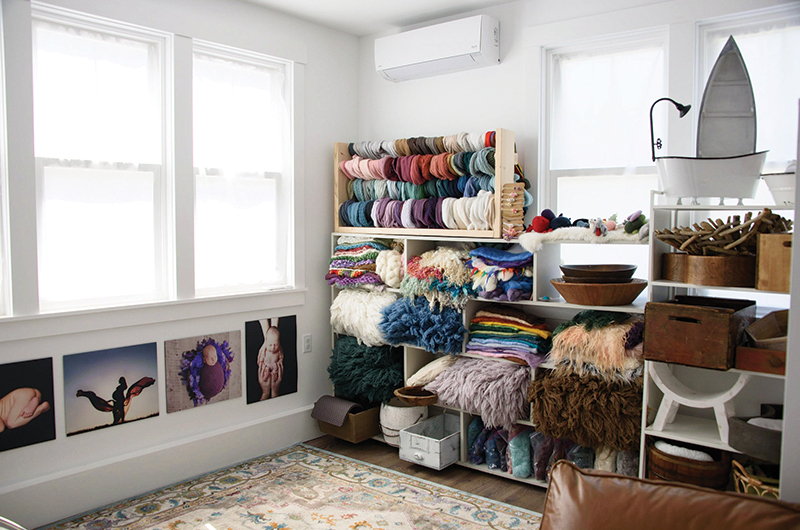
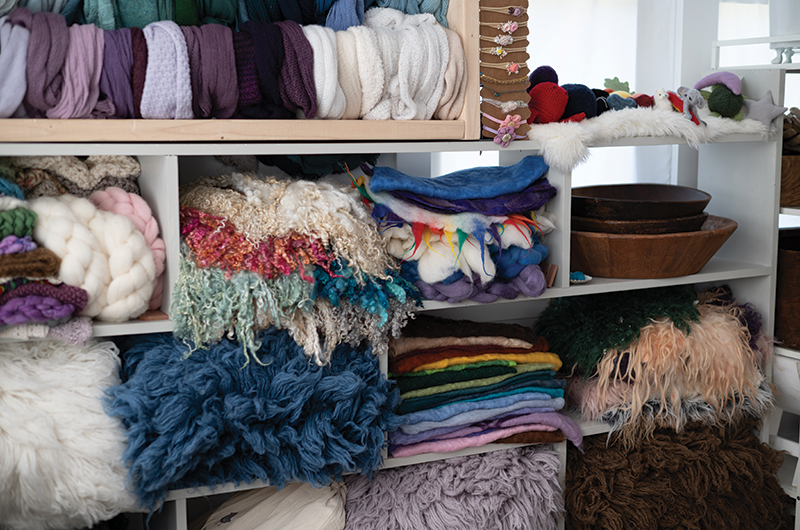
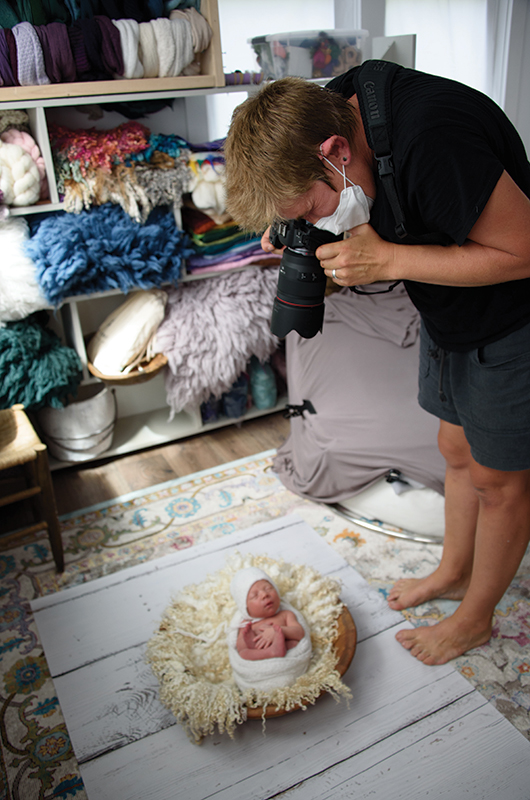

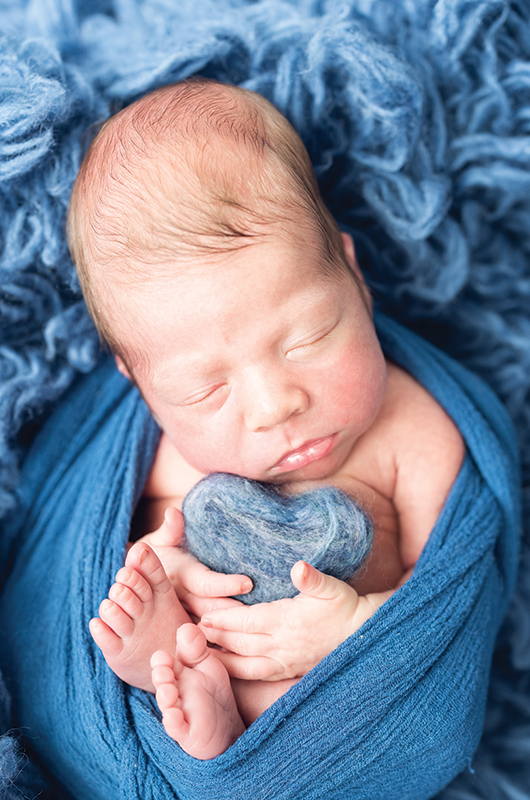
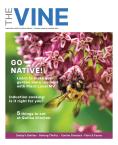
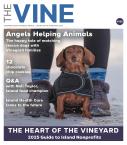

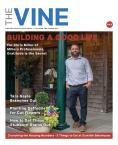
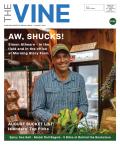
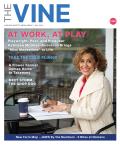
Comments